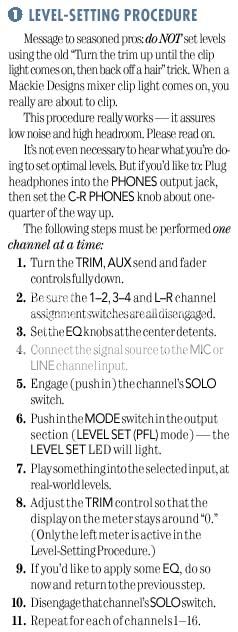so during the last show i did the mics were peaking REALLY bad.
so this guy who did sound came and said that you have to like...ride it out of the system.
so before the show he basically pushed them all up one by one trying to get rid of the mic noise..
now im not a sound person.
but when he started doing this i was confused.
so ya, i was just wondering
is this a normal thing?
do real theatres do this on a regular basis?
i was very skeptical and it didnt really work out too well.
so this guy who did sound came and said that you have to like...ride it out of the system.
so before the show he basically pushed them all up one by one trying to get rid of the mic noise..
now im not a sound person.
but when he started doing this i was confused.
so ya, i was just wondering
is this a normal thing?
do real theatres do this on a regular basis?
i was very skeptical and it didnt really work out too well.



